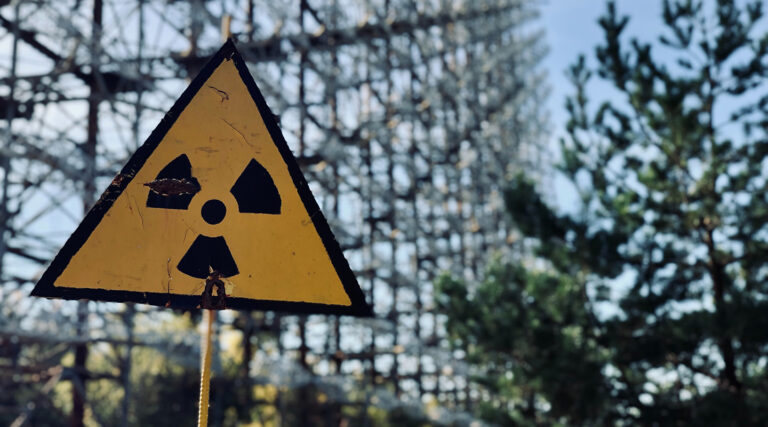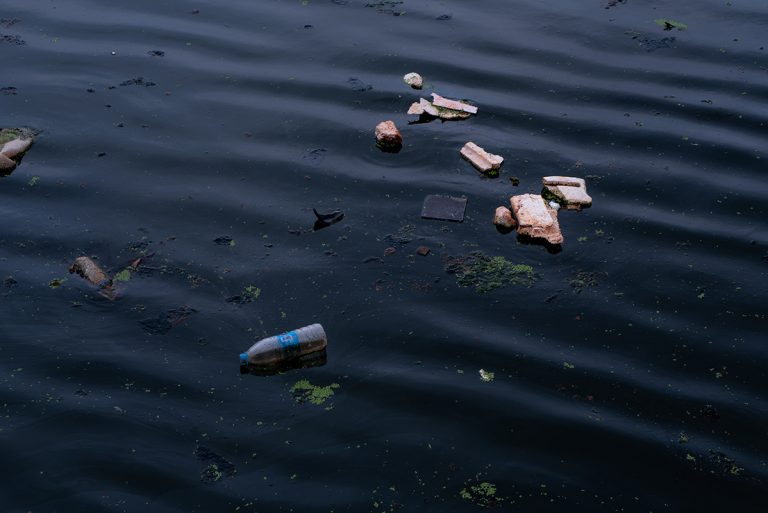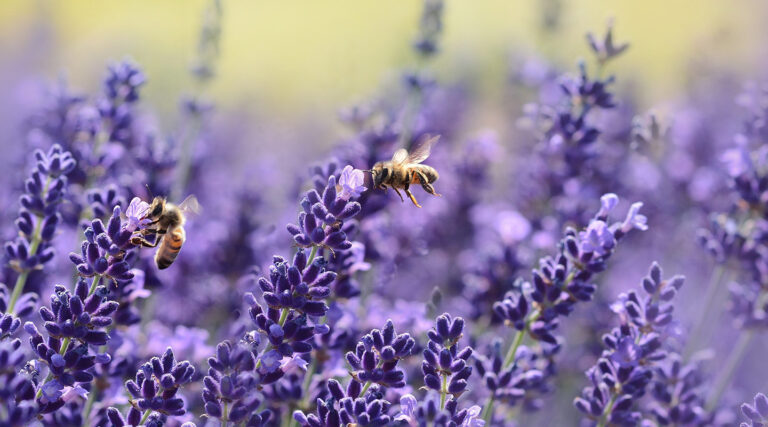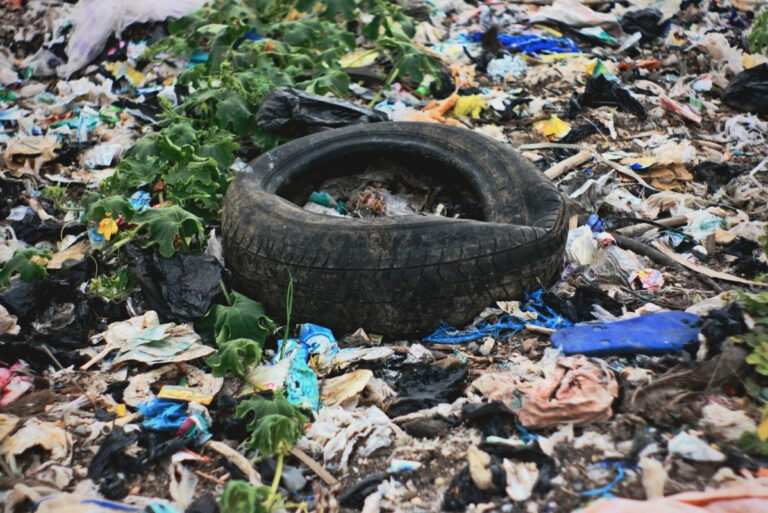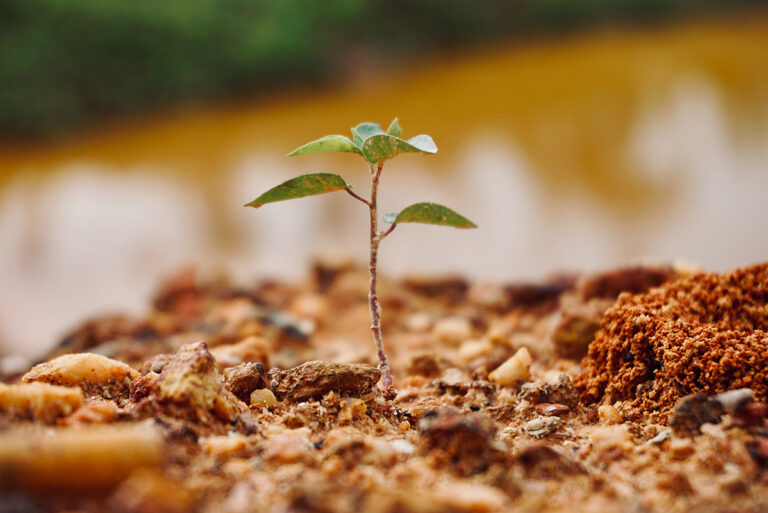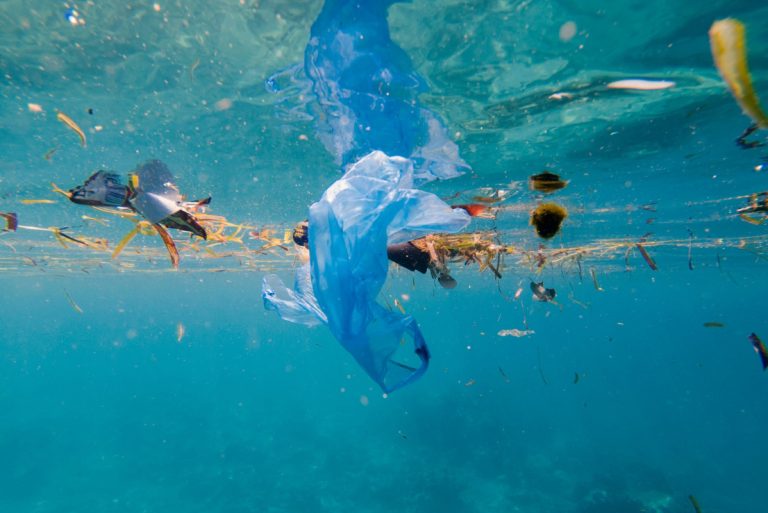Most of Earth’s carbon — about 65,500 billion metric tons — is stored in rocks, but even this is not a fixed state. Carbon is continually moving between different states and compounds as part of the carbon cycle steps, whether as part of short-term or long-term carbon cycling over millions of years.
What is the carbon cycle?
For millions of years, the carbon cycle has regulated all life on Earth.
Carbon is known as the building block of life. It’s an essential part of every living being that’s ever existed on Earth, from plants and animals to microbes and bacteria.
Carbon is a naturally-occurring element that was originally created by ancient dying stars, and is now found in abundance on Earth. Carbon atoms can form part of a range of molecular compounds, including all organic compounds, from alcohols and sugars to proteins, including DNA.
There are a fixed number of carbon particles in the world. They may form part of biomass, rocks or the soil, cement, or gasses in the atmosphere.
However, whether they stay in this state or are converted into a different compound, there can never be more or less than this finite number of carbon molecules.
In nature, these molecules move between different materials, forming part of new compounds all the time, as part of a range of different processes, such as photosynthesis, plant respiration, decomposition, and air-sea gas exchange. This is known as the carbon cycle.

The carbon cycle operates across three spheres on Earth:
- The atmosphere: The layers of gasses that have a range of functions, from making up the air we breathe to regulating the Earth’s climate.
- The biosphere: Essentially, anywhere on Earth where there is life, from root systems and deep ocean trenches to the treetops and mountains that support living organisms.
- The pedosphere: The soil, and the parts of the Earth’s crust which contribute to the formation of soil.
At all of these levels, carbon is subject to various chemical reactions that cause it to move between living and non-living things, change states, and form part of new compounds. It’s called the carbon cycle because, as part of this natural process, carbon molecules move in a cyclical way, continually returning to their previous state and then transforming once more.
For example, plants absorb carbon dioxide from the air, transforming the carbon molecules into organic matter through photosynthesis. Once the plant dies, this organic matter breaks down into organic carbon.
The soil respires this carbon into the air, where it is once again is absorbed by plants and trees, and the cycle repeats over and over again.
More recently, however, human activity has significantly interfered with the carbon cycle. Most notably, burning fossil fuels sends huge amounts of carbon dioxide (CO2) into the atmosphere, overloading the carbon cycle.
What are the carbon cycle steps?
The carbon cycle describes the route which each carbon particle travels from the source to each carbon sink, and then returns to the system in a perpetual, never-ending system. The carbon cycle works through a range of processes, with living organisms playing an important role in many of the carbon cycle steps.
Carbon cycling can be either short-term or long-term. A short-term carbon cycle may be completed in minutes or years, and forms part of the natural processes of marine and terrestrial ecosystems.
On the other hand, long-term carbon cycles can last for thousands or even millions of years, with carbon molecules being stored in sinks such as forests, oceans, and rocks for long periods of time.
Step 1: Carbon enters the atmosphere
The carbon cycle begins when carbon enters the atmosphere in the form of CO2 gas.
This can happen in various ways, including:
- Through respiration, where plants and animals convert organic matter into energy, releasing CO2.
- Through combustion, when wood, fossil fuels, or other carbon-based materials are burned, giving off CO2 as a by-product.
Through these and other processes, CO2 gas is released into the Earth’s atmosphere, kicking off the carbon cycle.
Step 2: Carbon is absorbed by organisms
Carbon is then absorbed from the atmosphere by plants, algae, and other photosynthetic organisms. These types of organisms conduct photosynthesis, a natural process which uses chlorophyll to transform carbon dioxide into energy in the form of sugar.
As part of a chemical reaction that occurs inside the plant cell, water loses electrons (oxidization), while CO2 gains electrons (reduction). Through this reaction, water is turned into oxygen, which the plant releases into the atmosphere, and CO2 is turned into glucose, a simple sugar.
Step 3: Carbon travels through the food chain
Once the carbon molecules have been incorporated into sugars in the form of plant matter such as leaves, seeds, fruits, and vegetables, animals eat these plants as food.
When the food is broken down in the animal’s digestive system, the carbon molecules are absorbed into the animal’s tissues. The animal may then be eaten by a carnivorous animal, and so the carbon molecule moves further up the food chain.
Step 4: Carbon returns to the atmosphere
The fourth and final carbon cycle step occurs when the animal dies, and decomposer organisms such as bacteria or fungi break down the corpse. As part of the decomposition process, carbon dioxide is given off and is absorbed back into the atmosphere.
Breaking the carbon cycle down into four stages is a straight-forward way to understand this process. However, this cycle is sometimes split into a total of seven steps in order to better explain the complexities and variations of these processes.
The seven steps carbon cycle model:
- Carbon is found in the atmosphere in the form of CO2.
- Plants absorb carbon via photosynthesis: plants and other photosynthetic organisms convert CO2 into food as part of this process.
- Animals eat plants, absorbing carbon, and so the carbon moves up the food chain, and moves further still when animals eat other animals.
- Plants and animals die then decompose, delivering carbon to the ground, where it is absorbed into the soil, or may become fossil fuels over millions of years.
- This organic matter releases CO2 when burned: when fossil fuels, wood, or other organic matter is burned, the chemical reaction produces this carbon-containing compound, which is released into the air.
- Alternatively, carbon may be expelled through respiration: as plants and animals respire (breathe) they release CO2 into the atmosphere.
- The oceans and other bodies of water absorb CO2 from the atmosphere, where it is dissolved into the water.
How is carbon stored?
Carbon is stored in various materials on Earth, which fall under three broad categories:
- The lithosphere: Carbon is stored on land, including in organic matter, forests, and other vegetation.
- The hydrosphere: All bodies of water contain carbon, as CO2 is easily absorbed from the atmosphere and dissolved in water: the world’s oceans absorb about a quarter of the carbon released through human activity.
- The atmosphere: Large amounts of carbon exist in the atmosphere in the form of CO2. Traditionally, this carbon is continually moving through the carbon cycle, but as the atmosphere becomes overloaded with carbon dioxide due to human activity, increasing amounts of carbon remain stored there.
The majority of the Earth’s carbon is stored in rocks, while the remainder is found in plants, fossil fuels, the soil, the ocean, and the atmosphere. It’s important to maintain a balance between the amount of carbon in each of these reservoirs, as this can have a major impact on all life.
Why is carbon cycling important to life on Earth?
The carbon cycle is essential to all forms of life found on Earth, as it forms part of many of our basic functions, including eating and respiration. It also plays a vital role in the natural environments that all living organisms rely on to provide us with food, water, and shelter.
Carbon cycling is essential for living organisms
All living organisms are made of carbon to some extent, and so we literally could not exist without this vital element. Carbon is the basis for all food sources of all plants and animals, and so a disruption to the carbon cycle could mean that any and all living creatures no longer had access to the food necessary to survive.
Through the carbon cycle, carbon molecules are continually moving through ecosystems, rather than being stored in carbon sinks or in the atmosphere, meaning that they’re available to support life.
The carbon cycle plays an important role in climate regulation
A key part of the carbon cycle is how carbon is released into the air as CO2, and then absorbed by plants and water, meaning that it is closely related to climate change.
The composition of CO2 and other greenhouse gasses in the atmosphere forms a protective blanket around the planet, trapping heat and preventing it from escaping into space. Without these gasses, the entire planet would experience sub-zero temperatures year round, like some of the other planets in our solar system.
Instead, thanks to the presence of gasses such as CO2, most of the Earth enjoys mild temperatures for much of the year, making it suitable to support life. However, as the levels of CO2 in the atmosphere increase, less and less heat can escape into space, and the Earth gradually becomes hotter.
Since the industrial revolution, humans have burned increasing amounts of fossil fuels such as coal, oil, and gas, releasing tons of carbon into the atmosphere that would otherwise have stayed stored in the form of fossil fuels and slowly released over millions of years.

This has already led to an increase of average global temperatures of 1.5 degrees Fahrenheit (0.85 degrees Celsius), according to NASA.
Scientists predict that, if left unchecked, global temperatures could rise by as much as 8.5 degrees Fahrenheit by 2101, compared to the 1901-1960 average. Even a much more modest rise in temperatures could lead to devastating impacts, including extreme weather events, drought, and food insecurity.
Therefore, maintaining balance within the carbon cycle, for example by protecting carbon sinks like old-growth forests, would help to regulate CO2 levels in the atmosphere and prevent the devastating effects of climate change.
The carbon cycle is important for maintaining balance within ecosystems
The Earth’s ecosystems are complex, finely-balanced systems, and so even the smallest change can have massive and wide-ranging impacts. Because it underlies many of the essential functions of living organisms, the carbon cycle is essential to maintain balance and ensure that ecosystems continue to function effectively.
Human activity is impacting the carbon cycle in a range of ways, including, but limited to the use of fossil fuels. For example, deforestation is happening on a massive scale globally, and this is significantly affecting the carbon cycle.

By clearing trees and other vegetation, we remove carbon sinks and cause more CO2 to be released into the atmosphere. In many cases, highly-effective carbon sinks like old-growth forests are replaced with crops, animal pasture, or mono-culture forestry which absorbs around half the amount of carbon compared to species-rich forests.
The carbon cycle is critical to the food chain
Essentially, food chains are based around how energy – in other words, food – moves from one living creature to another, supporting life further up the food chain. Near the beginning of the carbon cycle, plants absorb CO2 from the atmosphere and turn it into energy through photosynthesis.
This is equally true for marine as well as terrestrial ecosystems. For example, in the ocean, phytoplankton (microscopic photosynthetic organisms) absorb CO2 from the water or directly from the atmosphere.
Phytoplankton are then eaten by marine animals, including whales, and so the carbon moves up the food chain.
If this step of the carbon cycle did not occur, every other living organism in the food chain – from the smallest invertebrates and herbivores to the largest apex predators like lions and sharks – would not be able to exist.
Wrapping up
Understanding the carbon cycle steps is critically important, as these underpin many essential processes that support life on Earth. All living organisms are made up of a significant amount of carbon, and rely on it for live-giving functions, from eating to breathing.
Unfortunately, human activities, especially over the past couple of centuries, are playing havoc with these processes. Most notably, burning fossil fuels and clearing native vegetation is causing increasing amounts of carbon to be released into the atmosphere in the form of carbon dioxide.
We need to take action at an individual, organization, and government level to address these issues and reestablish a healthy balance within the world’s carbon cycle.
To learn more about critical environmental issues, take a look at these posts on wetland mitigation, sea wall advantages and disadvantages, and waste management.


